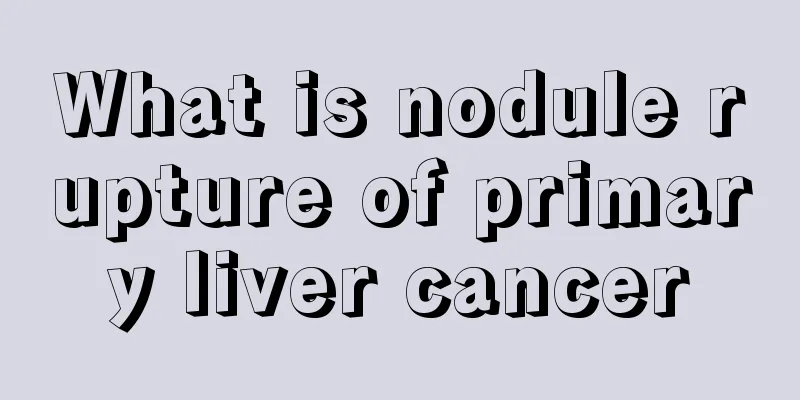What are the clinical symptoms of lung cancer? 4 clinical symptoms of lung cancer

|
Lung cancer is a common tumor and a malignant tumor. With the improvement of the degree of industrialization of society, the incidence of lung cancer is getting higher and higher. The treatment of lung cancer is quite difficult and the mortality rate is extremely high. Male patients account for a large proportion of lung cancer patients. So what are the symptoms of this disease? Let me introduce them to you. What are the clinical symptoms of lung cancer? 1. Facial and neck edema is a common symptom of advanced lung cancer. There is a superior vena cava on the right side of the mediastinum, which transports venous blood from the upper limbs and head and neck back to the heart. If the tumor invades the right side of the mediastinum and compresses the superior vena cava, the jugular vein will initially become swollen due to poor blood return, and eventually the symptoms of advanced lung cancer will also lead to facial and neck edema, which needs to be diagnosed and treated in time. 2. Hoarseness is also one of the symptoms of advanced lung cancer. The recurrent laryngeal nerve that controls the left side of the voice function goes down from the neck to the chest, bypasses the large blood vessels of the heart and goes back up to the larynx, thus controlling the left side of the voice organ. Therefore, if the tumor invades the left side of the mediastinum and compresses the recurrent laryngeal nerve, hoarseness will occur, but there will be no sore throat or other symptoms of upper respiratory tract infection. 3. Shortness of breath and pleural effusion are also symptoms of advanced lung cancer. Ultimately, almost all patients with regionally spread lung cancer have shortness of breath to varying degrees. Normal tissue fluid produced by the lungs and myocardium is returned by the lymph nodes in the middle of the chest. If these lymph nodes are blocked by tumors, these tissue fluids will accumulate in the pericardium to form pericardial effusions or accumulate in the chest cavity to form pleural effusions. Both of the above symptoms of advanced lung cancer can cause shortness of breath. However, because many smoking patients have varying degrees of chronic lung disease, this brings certain difficulties to the identification of shortness of breath. 4. Symptoms of advanced lung cancer include lung cancer pain. Pain is a common symptom of advanced lung cancer. |
Recommend
How to clean the internal organs of Arctic clams
Arctic scallop is a relatively nutritious seafood...
What are the benefits of drinking Sophora bean tea
Have you ever heard of making tea with locust bea...
Why do I feel sore and weak all over my body?
Body aches and weakness are symptoms that many pe...
What are the commonly used anti-pancreatic cancer drugs
What are the commonly used anti-pancreatic cancer...
What is the routine for fibroid care
Speaking of fibroids, I believe many patients kno...
What is poorly differentiated nasopharyngeal carcinoma and what is its prognosis?
What is poorly differentiated nasopharyngeal carc...
What are the auxiliary treatment methods for preventing recurrence of liver cancer after surgery
More than half of patients will experience cumula...
Tips for leather shoes to rub your little toes
Many people feel that their shoes rub their feet ...
Analysis of the treatment methods for laryngeal cancer
Frequent smoking and excessive drinking can easil...
What are the detoxification therapies combining traditional Chinese and western medicine?
When your body feels uncomfortable, it may be cau...
What are the symptoms of prostate cancer? 5 signs that indicate prostate cancer
Prostate cancer is a disease with an increasing i...
Can I move around after lung cancer surgery?
Can I move around after lung cancer surgery? Reha...
What are the diagnostic methods for rectal cancer
What are the diagnostic methods for rectal cancer...
Which flowers and plants absorb formaldehyde best
People will always try their best to remove forma...
How to deal with acne on the forehead
I believe many of my friends have a certain under...









